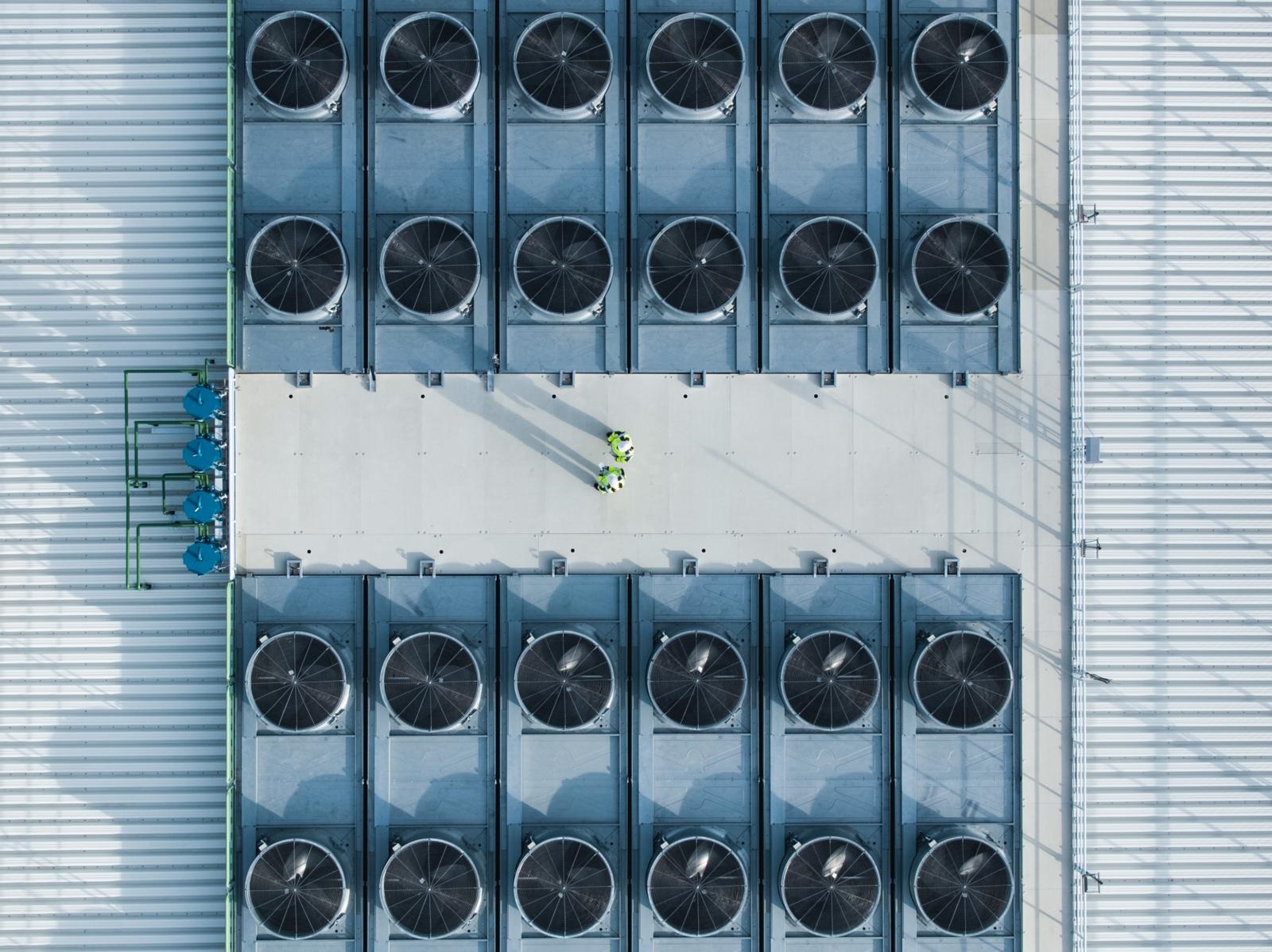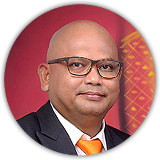

Rethinking power system flexibility - Episode 2
In Indonesia, the power systems face a wide range of issues that make commitments to lowering carbon emissions and transitioning to renewables all the more challenging. Find out how PLN, Indonesia’s state electricity company, is managing the power supply that fuels the largest economy in Southeast Asia and why flexibility is so vital to the power systems.
Solving both old and new challenges with more flexible power generation technology
In this episode of Rethinking Energy in Southeast Asia, Febron Siregar, Sales Director at Wärtsilä Energy talks with Dr. Zainal Arifin, Executive Vice President of Engineering and Technology at Indonesia’s state energy company, Perusahaan Listrik Negara (PLN) about the need for flexibility in Indonesia’s increasingly complex power systems.
‘’Today we will discuss the need for flexibility within power systems and how internal combustion engines are a flexible source of electricity generation,“ Siregar starts.
“Dr. Zainal, as we know, the world is going through an energy transition and people are widely discussing decarbonisation and new clean energy. What are your thoughts on this, especially now that PLN has identified going green as one of its transformation pillars and the Indonesian government’s target of 23% renewable energy by 2025?’’ Febron continues.
Dr. Zainal Arifin explains, ‘’As a utility company, we have four main challenges right now.
Firstly, there is a struggle to increase the efficiency of electricity production in Indonesia. Secondly, the challenge of improving the reliability of our services to our customers in power and utility supply. Thirdly, how can we reduce CO2 emissions from the power sector and how to produce cleaner energy. Lastly, how we could produce more energy from renewables, which is related to the issue of sustainability.
In Indonesia, we are still highly dependent on fossil fuels. The electricity generated is dominated by fossil fuel; with a high share of 89%. Due to this, an important issue arises: how can we integrate more renewable energy in the future?
While dealing with these existing issues and handling the energy transition, I think there is only one solution – make the grid more flexible.’’
Providing energy across a country made up of hundreds of islands
Indonesia is the largest archipelago in the world made up of 17,508 islands of which 6,000 are inhabited by a population of over 273 million. The landscape is highly varied from volcanic mountains to tropical rainforest, rice fields, and long stretches of coastline. This requires the country’s power system to be made up of hundreds of disconnected grids which vary in size and voltage from island to island. This poses a significant challenge to the state electricity company when it comes to providing consistent and reliable supply across the whole country.
Due to the intermittent nature of renewables, such as solar and wind, flexibility in the grid is essential. Siregar continues by asking, ‘’What do you think of the different sources for this flexibility? Please could you elaborate on what technology is available in the market to support grid flexibility?’’
Dr. Zainal replies, ‘’Yes, as mentioned, each grid system has a unique solution. In Indonesia, the power system is highly varied. In terms of the grid level, we have three grid systems. One, is the high voltage grid system, from 75 kilovolts (kV) to 500 kV. We have at least eight high voltages grid systems. They need a large amount of flexible capacity; one solution could be pumped hydro storage. Maybe also gas turbines and internal combustion engines (ICEs). But the large amount of capacity needed is still challenging.
And the second grid we have is medium voltage. We have at least 200 medium voltage systems in Indonesia. And the capacity is about 10 megawatts (MW) to 100 or 200 MW. For this medium voltage grid system, I think we have a solution for dealing with the variable renewables. Maybe ICEs, but we don’t want to use diesel engines anymore. A third option may be ICEs running on gas, and also batteries.
The third one is a low voltage grid, some of which are off-grid. There are about 900 low voltage grid systems in Indonesia. So, we have several grids and each grid has its own issues when dealing with the intermittency coming from variable renewable energy.
I would say that for the medium and low voltage, maybe flexible power plants like gas engines would be suitable. In addition, one solution is also batteries. Based on the gas engines in Indonesia and Sumatra island, the performance so far is good. The flexible power plants, in this case is gas engines, has many advantages when the capacity is not too big.’’
Multiple ICE power plants provide flexibility and stability
Dr. Zainal went on to explain that the use of multiple internal combustion engine (ICE) units will effectively balance the changing load and supply by constantly ramping up and down. The fast start and stop capability of ICE power plants would improve the overall grid flexibility.
Siregar went on to say, ‘’PLN has already installed several power plants with dual fuel. PLN has used MFO for example in Pesanggaran, Bali, but now that gas is available, affordable and there is the infrastructure in Bali, the power plant is now running on gas.”
Dr. Zainal Arifin concludes by saying, ‘’Right now we are already in the energy transition era. This transition puts utilities in a challenging situation. In addition to the issues of reliability and efficiency, we also need to deal with the new challenges of clean energy and how to reduce CO2 emissions significantly and how we can produce more electricity from renewable energy. It’s all about sustainability.
So, we need flexibility both for upstream and downstream. Investing in digitalisation, smart grids and proper transmission and distribution structure will improve the flexibility of the downstream. So, demand side management is also essential.’’
Presented by

Dr. Zainal Arifin
Executive Vice President, Engineering and Technology, PLN

Febron Siregar
Sales Director
Wärtsilä Energy
Check out the other episodes
Episode 1

Rethinking energy planning
How can the energy industry across Southeast Asia better plan, optimise and manage the integration of renewable energy sources into their power grids? Find out by listening to the experts from Energy Exemplar and Wärtsilä discuss how energy simulation software is transforming power system planning.
Episode 3

Rethinking market mechanisms for flexibility
The integration of variable renewable energy into energy systems requires flexible technologies that can balance their intermittent output and ensure overall grid stability. In this episode, we look at flexibility from a market, planning and financial perspective and how we can incentivise greater investment in flexibility that will help accelerate the integration of renewables.